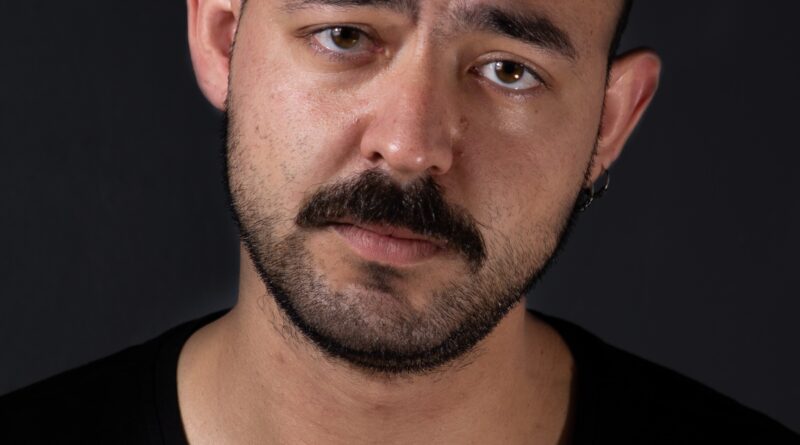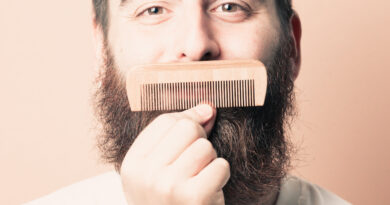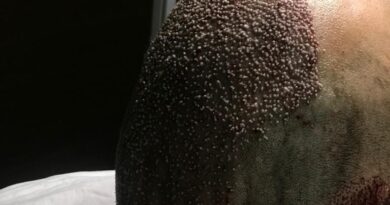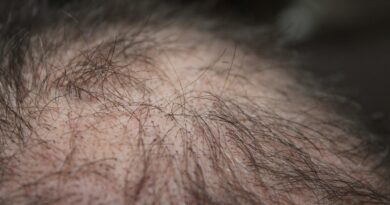Hair Transplant Growth Process
Hair transplantation requires a healing process that takes several months for new hair to grow. In this process, the scalp is damaged and time is required for re-healing and growth of new hair in areas where hair follicles are placed in new areas. In the first few weeks after hair Transplanted, symptoms such as redness, swelling, crusting and itching may be seen in the transplanted area.
This is normal and part of the healing process. Hair roots are fixed in 2-3 weeks and the first hair strands start to grow in about 3 months. After 6 months, about half of the hair will have grown and after 12 months the results will be seen more clearly. It can take up to 18 months for full hair growth. During this process, it is important to regularly care for the hair to grow in a healthy way. To summarize, it is necessary to wait 2-3 weeks for the growth of hair after hair Transplanted, and the results become visible after 6 months. But it can take up to 18 months for full hair growth.
Growth Process Before Hair Transplantation
Before transplanted hair, the hair in the area where the hair follicles will be transplanted continues to grow normally. However, since some preparations must be made before transplanted hair, these preparation stages may affect the hair growth process. For example, a few weeks before the hair transplant, you may need to use some medications according to your doctor’s recommendation. These medications can be used to speed up the hair growth process or help grow healthier hair.
It is also important to clean the scalp before hair transplantation. Therefore, scalp cleansing and pre-treatment preparations can also affect the hair growth process. However, after hair transplantation, the hair growth process becomes more important. The hair in the transplanted area may shed in the first few weeks after the transplant. This is a normal process and allows time for the healing process to the scalp area where the hair follicles are placed. After hair transplantation, new hair strands begin to grow in the area where the hair follicles are transplanted. This process may differ from person to person.
Generally, new hair strands can be seen in the first 3-4 months after hair transplanted. However, the full hair growth process may take 1 year or longer. In this process, paying attention to hair care and following your doctor’s recommendations can help the hair growth process to take place in a healthy and effective way.
Hair Transplant Techniques
Hair transplantation techniques are different methods used to transplant hair follicles to balding or sparse haired areas. The most commonly used hair transplanted techniques are:
FUE (Follicular Unit Extraction): FUE is a technique in which individual hair follicles are taken and transplanted. In this technique, hair follicles are removed one by one with a device and then transplanted to the recipient area. This technique is less invasive compared to other techniques, with minimal scars and a shorter recovery time.
FUT (Follicular Unit Transplantation): FUT is a technique in which hair follicles are taken with a piece of tissue. In this technique, a strip of tissue is removed from the hairy area and then the hair follicles are separated from this tissue and transplanted to the recipient area.
DHI (Direct Hair Implantation): DHI is a technique in which hair follicles taken with a device are directly transferred to the recipient area. In this technique, hair follicles are first taken with a device and then placed directly on the recipient area with a special device.
Robotic Hair Transplanted: This technique is similar to FUE techniques performed with robotic devices. Robotic devices can take hair follicles faster and more precisely and place them in the recipient area to be transplanted.
No matter which technique is used, hair transplantation is a long process and requires careful planning and cooperation of an expert team for best results.
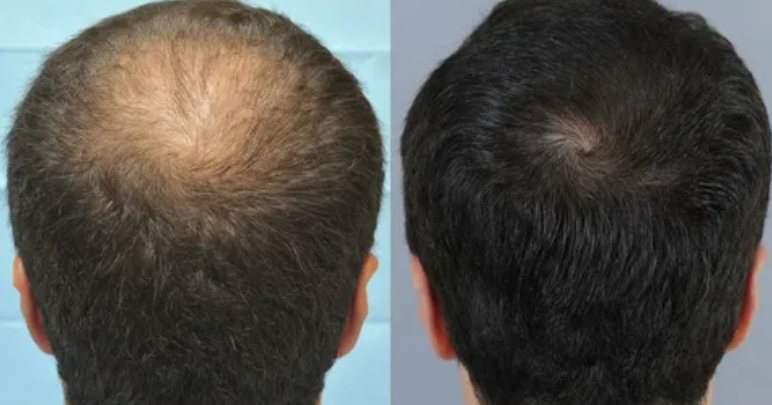
How Does the Post-Hair Transplant Process Work?
The post hair transplantation process may vary depending on the technique and the details of the procedure, but generally consists of the following steps:
First days: Swelling, redness and mild pain may be seen in the hair transplantation area. It is generally recommended to keep your head up high in the first days.
First week: Tapes can be used to protect your scalp during the first week after hair transplantation. It is also recommended to avoid doing sports, swimming in the pool and being exposed to the sun during this period.
First months: During the first few months after hair transplantation, new hair strands will begin to form and will fall out in a short time. It’s important to be patient during this process because it can take several months for hair to regrow.
First year: In the first year after hair transplantation, the hair will continue to grow and become fuller. In this process, regular hair care and controls are recommended.
The process after hair transplantation may vary from person to person, and the recovery process may depend on many factors such as the person’s health status, lifestyle and hair transplantation techniques. For this reason, it is important to carefully follow the recommended instructions after hair transplantation and to follow the recommendations of the hair transplantation specialist.
How Long Does it Take For The Transplanted Hair to Grow?
After transplanted hair, the growth of the transplanted hair requires a certain process. Generally, the growth of the transplanted hair can vary between 3-6 months. However, various factors such as the hair structure of the person undergoing hair transplantation, skin type, age and genetic factors may affect this process. In the first 2-3 weeks, most of the transplanted hair may fall out. This is a normal process and you do not need to worry. The transplanted hair follicles enter the resting phase to produce new hair strands after hair loss. After about 3-4 months, new hair strands start to grow slowly and they come out completely between 6 months and 1 year. After hair transplantation, you need to be patient for the transplanted hair to grow. The process can take time and you may not get the result you expect right away. However, with the right care and follow-up, it is possible for your hair to become stronger and thicker.
Can You Accelerate Hair Transplant Growth?
Some measures can be taken to accelerate the growth of hair after hair transplanted. These may include:
Healthy Eating: A healthy diet is also beneficial for hair. Follow a diet rich in nutrients that are important for hair health. You can create a diet plan that includes nutrients that help hair health, such as protein, iron, zinc, biotin, and vitamins (especially C and D).
Hydration: Getting enough water in your body can help your hair stay hydrated and stimulate their growth.
Massaging the scalp: Gently massaging the scalp can promote hair growth by increasing blood circulation.
Protecting hair from harmful chemicals: Frequent dyeing, styling and heating your hair can expose your hair to harmful chemicals, slowing hair growth. By avoiding such procedures, you can expose your hair to less harmful substances.
Healthy lifestyle: Factors such as adopting a healthy lifestyle, reducing stress, exercising regularly, and getting enough sleep can also promote hair growth.
However, it takes a certain time for hair to grow after hair transplantation, and this time may vary from person to person. The expected rate of hair growth after hair transplantation depends on many factors such as hair transplantation method, hair quality, genetic factors, age and gender.
When Will My Hair Transplant Get Thicker?
After transplanted hair, newly transplanted hair may fall out during the first 3-4 months, and then the hair regrowth process begins. However, it takes time for new hair to fully thicken and regain its natural appearance. Thickening and thickening of the hair differs from person to person and is usually completed between 6-12 months. In this process, the hair first thins, then gradually thickens and gains volume. It may take up to 12-18 months to get a full result. After hair transplantation, it may be beneficial to eat regularly, maintain a healthy lifestyle, get enough sleep, reduce stress and take care of hair in order to thicken the hair. In addition, using hair care products recommended by your doctor and going to your controls regularly can increase the success of transplanted hair.
You can benefit from the privileges by contacting us.
• Best price guarantee
• You will not encounter hidden payments.
• Free transfer to airport, hotel or hospital
• Accommodation is included in the package prices.

